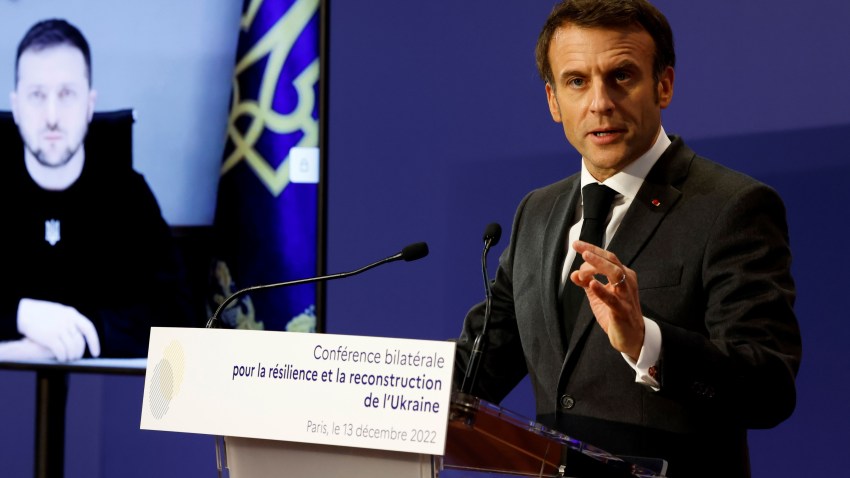The war in Ukraine, which is nearing its one-year anniversary, could take a significant turn with this week’s announcement that France will send AMX-10 RC and Bastion APC armored fighting vehicles to Ukraine. The decision came after a phone call between French President Emmanuel Macron and his Ukrainian counterpart, President Volodymyr Zelenskyy. Their delivery, when it takes place, could be a major “crossing the Rubicon” moment, as it would mark the first time that Western tanks will be deployed on the battlefield in Ukraine, something that NATO members, including the U.S. and U.K., had long resisted. During Zelenskyy’s visit to Washington late last year, for instance, the U.S. announced that it would send Patriot missiles to Kyiv. But the Biden administration stopped short of granting Ukraine’s request for U.S. tanks or long-range missiles due to operational concerns and fears of escalation risks with Moscow.
The move to send armored fighting vehicles to Kyiv has raised the stakes among the trans-Atlantic allies, amid pressure for Washington and London to match or even exceed Macron’s bold step. That pressure may be yielding some results in the U.K., loathe to be perceived as insufficiently supportive of Ukraine compared to France. Prime Minister Rishi Sunak is reportedly considering sending 12 Challenger 2 battle tanks to Ukraine. Elsewhere, France and Poland are putting pressure on Germany to send German-made Leopard 2 tanks to Ukraine, or at least allow countries like Spain and Poland, which possess them, to do so. Berlin announced last week that it will send Marder infantry fighting vehicles to Kyiv, but those are not the same thing as full, modern battle tanks.
If Germany does decide to send its tanks to Ukraine, that would likely open the floodgates across the EU for others to match Berlin’s move. The shift of the calculus among NATO members is noteworthy given that, as recently as a month ago, many of them expressed concern that the delivery of Western tanks would represent too great a risk of escalation.

